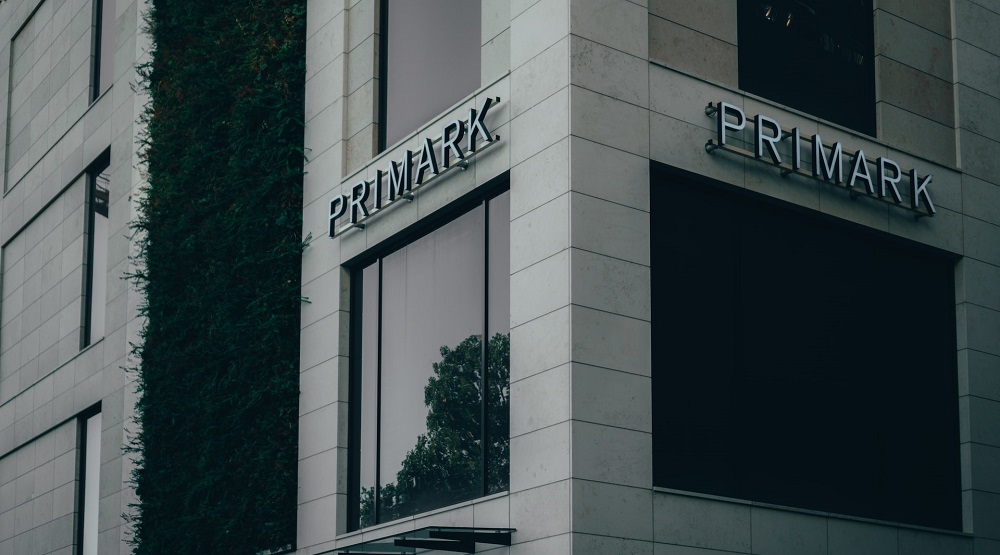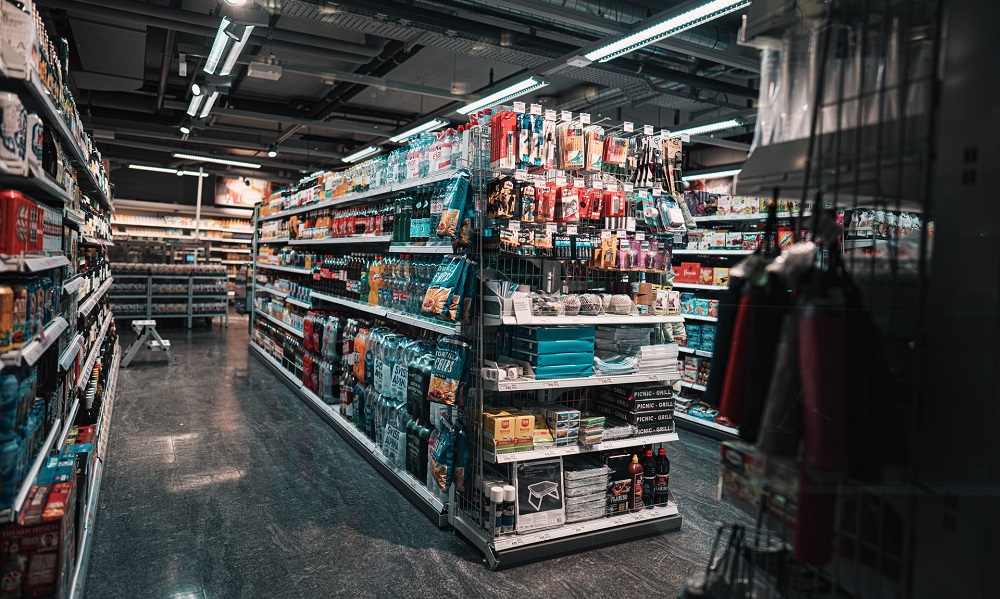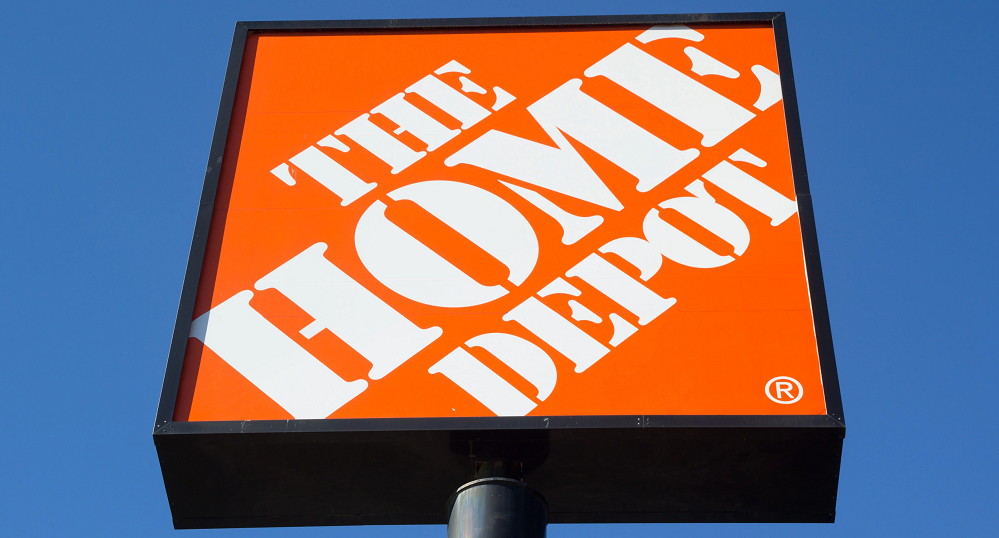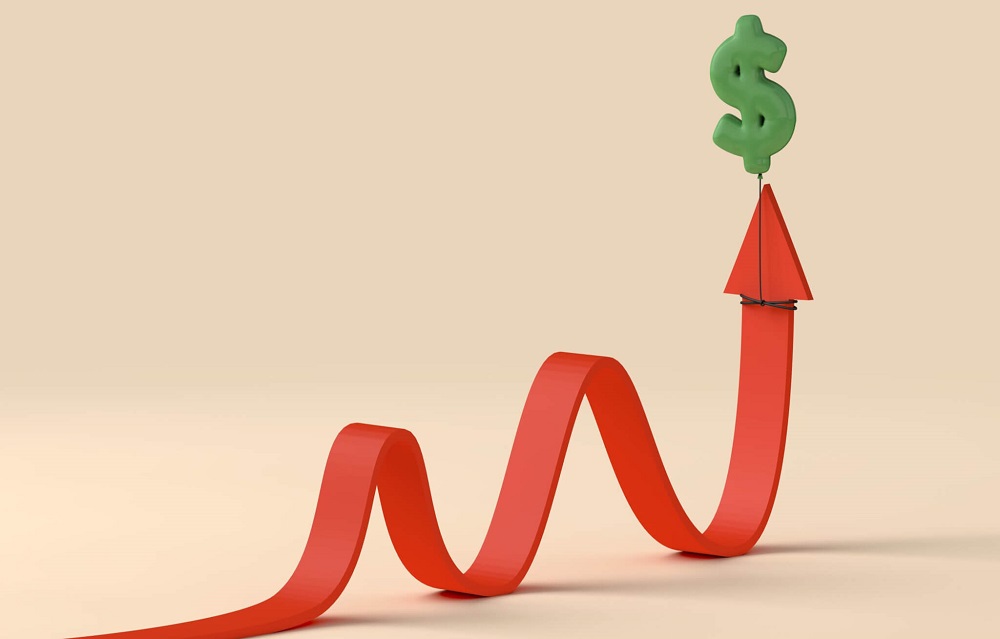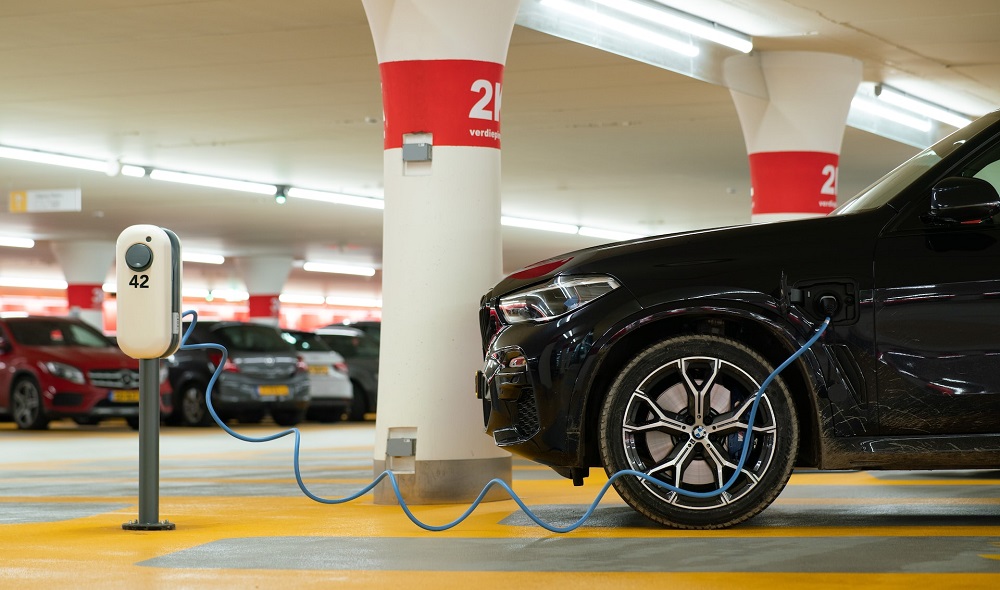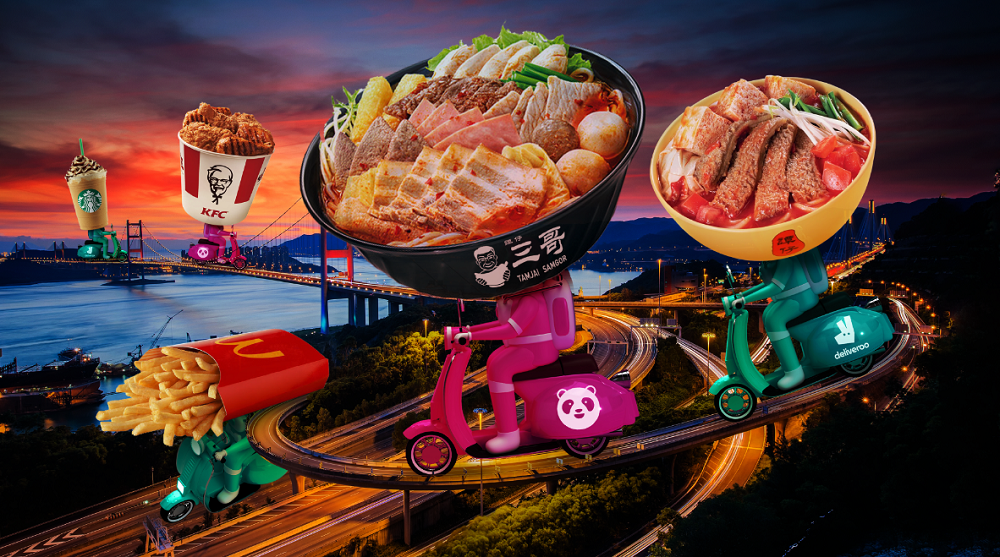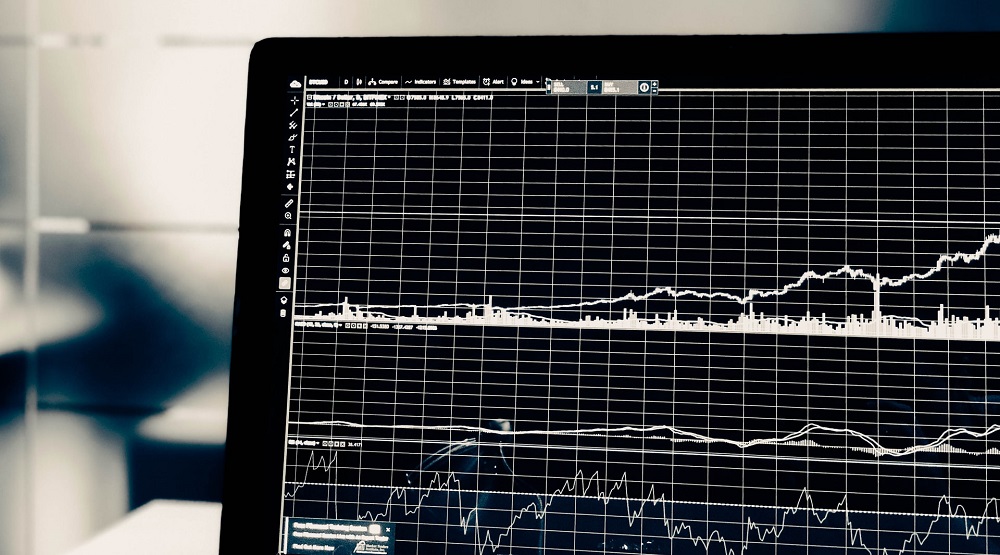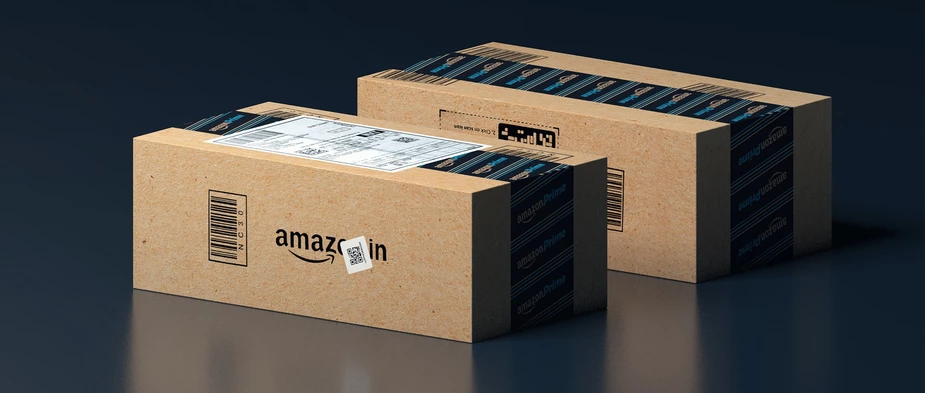Home improvement was one of the more successful sectors throughout the pandemic. With lockdowns keeping people at home, many found the time to tackle DIY projects sending visits to home improvement retailers to all-time highs, significantly outperforming pre-pandemic numbers. Now, as lockdowns begin to fade into our memories and with inflation and gas prices causing people to think twice before opening their wallets, we checked in to see how the sector is faring.
Buy Now Pay Later (BNPL) is the latest reincarnation of consumer borrowing and has quickly dominated the conscience of the consumer, the media, concerned regulators and incumbent mobile/electronic payment platforms and wallets. Here, I briefly trace the origins of consumer debt for context and then bring the narrative forward to a current review of the BNPL landscape and what Fable’s consumer spend data is telling us about BNPL consumers and their usage, its popularity, the effect it is having on established payment providers and what this might mean for the future.
With inflation in both the US and UK forcing shoppers to trade down for cheaper goods in certain categories, is discount apparel retailer Primark seeing a tailwind from shoppers looking for cheaper apparel choices? In today’s Insight Flash, we look into Primark’s spend growth versus its broader industry and subindustry, trends in average basket, and which brands are most likely to be cross-shopped. In Primark’s core UK market, spend growth on a three-year basis outpaced the broader industry and subindustry pre-pandemic.
Competition for non-niche streaming video subscription apps is growing, but not just in terms of the number of players - in terms of actual performance. The fastest growing SVOD (subscription video on-demand) apps, by way of in-app purchase revenue, are Peacock TV, Paramount+ and discovery+. Over the past 12 months, they've grown by 133%, 107% and 25%, respectively.
Not surprisingly, recent economic conditions have affected consumer behavior this summer. On one hand, consumers are ramping up travel and spending in the latest phase of the COVID-19 pandemic. On the other hand, inflation, global uncertainty, and the possibility of a recession seem to be causing some consumers to curtail their spending. Looking at de-identified Yodlee spend data, we’ve found some consumer spending trends that may help investors and strategists uncover new opportunities.
Summer travel is booming this year, but it’s also been extremely chaotic. Constant flight delays, cancellations, and lost luggage are making post-lockdown travel a nightmare. But new data from the Transportation Department show that airlines, not bad weather, are the ones to blame for recent disruptions. So what happened to airlines in recent years that could have caused this chaos? While the industry started to recover in late 2020, the current headcounts in the US are nowhere near the pre-pandemic level.
Put lightly, the last few years have been volatile in the brick-and-mortar retail sector. Yet, Walmart and Target, two of the industry’s heavyweights have consistently overperformed. This included a strong showing in the spring of 2022 that came as COVID’s effects were dissipating, creating the sense that retail could finally enjoy a period of extended normalcy. Yet, that period barely had time to take off before rising gas prices and inflation began to impact consumer behaviors and spending.
As inflation continues to rise, many consumers are reportedly turning to discount stores for household essentials. Our competitive analysis of major discount retailers—including Five Below (NASDAQ: FIVE), Dollar General (NYSE: DG), Dollar Tree, Inc (NASDAQ: DLTR), and 99 Cents Only Stores—found that Five Below had the highest average transaction value, but Dollar General had the highest quarterly transactions per customer and quarter-over-quarter customer retention in the second quarter of 2022.
Two years after the first lockdowns, the return to office question still lingers. Cities and companies are anxious for office occupancy to return to pre-pandemic levels. The majority of workers, however, still prefer to work from home, whether fully remote or hybrid. As we enter the second half of the year, and as the shock of economic shifts brought on by inflation and gas prices levels out, we took a look at recent foot traffic data to offices to see how the sector is performing.
The CoreLogic Loan Performance Insights report features an interactive view of our mortgage performance analysis through May 2022. Measuring early-stage delinquency rates is important for analyzing the health of the mortgage market. To more comprehensively monitor mortgage performance, CoreLogic examines all stages of delinquency as well as transition rates that indicate the percent of mortgages moving from one stage of delinquency to the next.
The Home Depot is climbing the ranks of Retail apps. For two quarters in a row, Home Depot gained twice as many new installs than direct competitor, Lowe's. It's was also the 11th most-downloaded Shopping app in the U.S. in Q2 2022, up from #20 a year ago. On average between the two home improvement competitors, Home Depot has pulled in 100% more monthly downloads since January. A paid App Store Optimization (ASO) keyword strategy appears to be a key driver to Home Depot’s comfortable margin ahead of Lowe's this year.
U.S. job growth soared in July, as the pandemic-impacted categories of leisure and hospitality bounced back to meet consumers’ continued demand for out-of-the-house experiences. But inflation continues to cut into spending power, with food inflation in particular remaining stubbornly high. We dove into retail foot traffic data to understand how the current dynamics are impacting key consumer-facing industries.
This week’s airline capacity numbers look pretty similar to last week's (which in turn were like the previous weeks) and it seemed that we had perhaps peaked at around 102 million seats a week. However, then China reported another lockdown, this time in Hainan, where most areas have been locked down today in response to a domestic COVID-19 outbreak. The impact of the latest lockdown is not reflected in this week’s numbers, but we should expect to see at least a million seats removed next week as the two major airports are impacted.
With gas prices surging over the last year, electric vehicles are looking more and more like an attractive alternative. But auto manufacturers aren’t the only ones to benefit from their increasing popularity – companies operating charging stations are also primed to take off. In today’s Insight Flash, we compare the success of three top charging station brands, looking at overall growth, changes in average ticket, and popularity by geography.
Inflation rate in the U.S. rose in August 2021 and continued its upward trajectory on the back of post-pandemic recovery spending, supply constraints and the war in Ukraine, impacting commodities’ supply. While there are multiple forecasts suggesting that the economy might tip into recession as the Federal Reserve takes steps to rein in inflation; the job market, has continued to show strong signs of recovery in 2022.\[1\]
The Hong Kong food and restaurant industry is a monopoly whereby several companies own the majority of the businesses. As such, this makes it difficult to not walk into a restaurant chain in Hong Kong when you dine out. Similarly, on food delivery platforms, choices are limited to several big restaurant chains. Which restaurant chain is winning over the food delivery apps? According to Measurable AI’s transactional e-receipt data, McDonalds, KFC, TamJai, and Cafe de carol are some top restaurant chains on food delivery platforms Foodpanda(ETR: DHER) and Deliveroo(LON: ROO). Let’s look deeper into their market share on each platform.
As we stated in a blog post last June, and it’s even more the case today, at no time in the past 20 years has the intensity of the focus on the job market been stronger. While the economy has successfully recovered from the Covid cataclysm, our landscape has been permanently altered by the tectonic shifts that rocked the world and deep aftershocks continue to reverberate throughout every aspect of post-pandemic (maybe some day?!) life.
The Dodge Momentum Index (DMI) increased 2.9% in July to 178.7 from the revised June figure of 173.6. The Momentum Index, issued by Dodge Construction Network, is a monthly measure of the initial report for nonresidential building projects in planning. The index is shown to lead construction spending for nonresidential buildings by a full year. In July, the commercial component of the Momentum Index rose 5.5%, while the institutional component fell 2.0%.
When we last looked at the Placer.ai Mall Indexes, a clear decline was taking place, driven heavily by high gas prices and continued inflation. Yet, at that time there was also an expectation that July could be even worse, in particular because of continued economic headwinds and in comparison to a very productive July 2021. Yet, the result was far more positive than expected.
Amazon held its annual Prime Day event on the 12/13th July this year. In an environment where online spending has continued to decline from the highs reached in 2020 and 2021 and the current cost-of- living crisis is biting hard, we were curious to know whether this squeeze on incomes might have dulled the consumer love affair with Amazon in 2022. However, our data shows that the number of Amazon transactions during the week that this year’s Prime Days took place, rose nearly 12% compared to 2021.














































